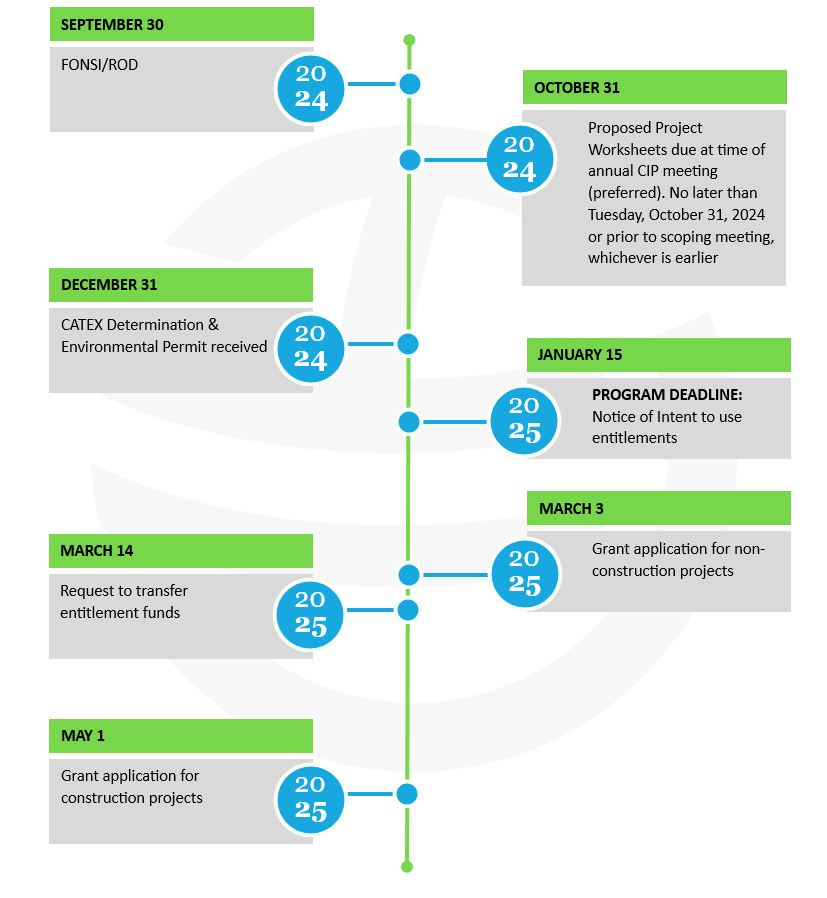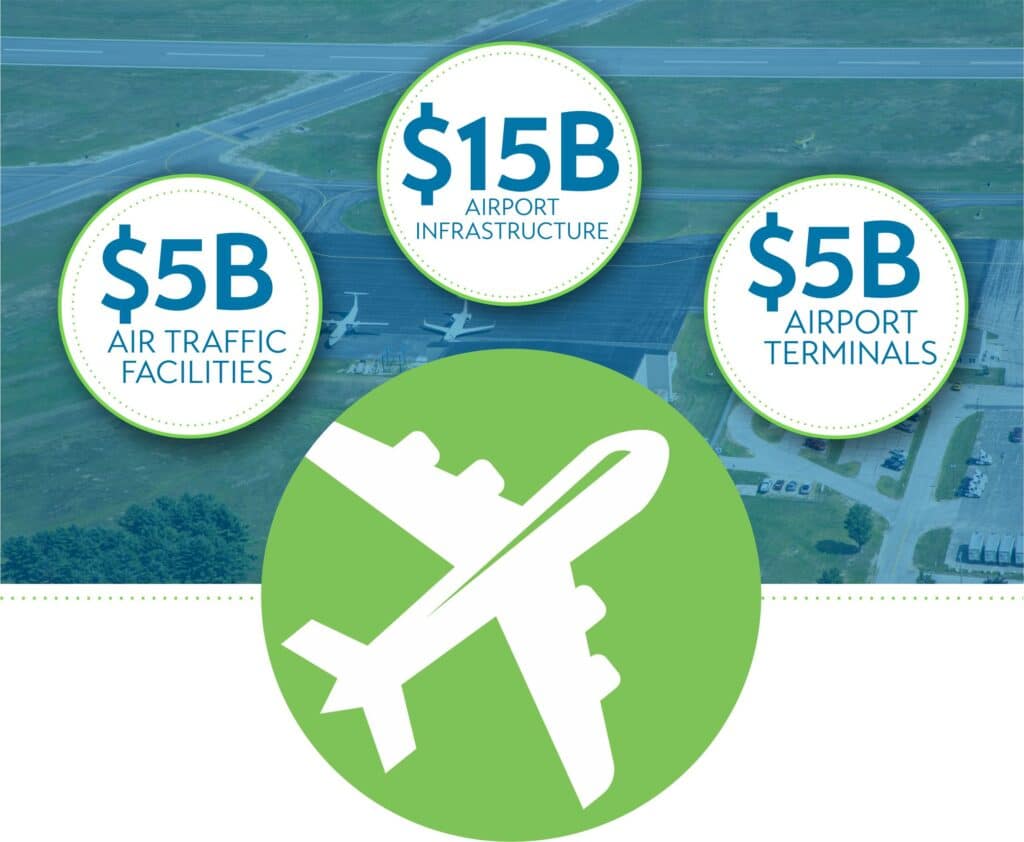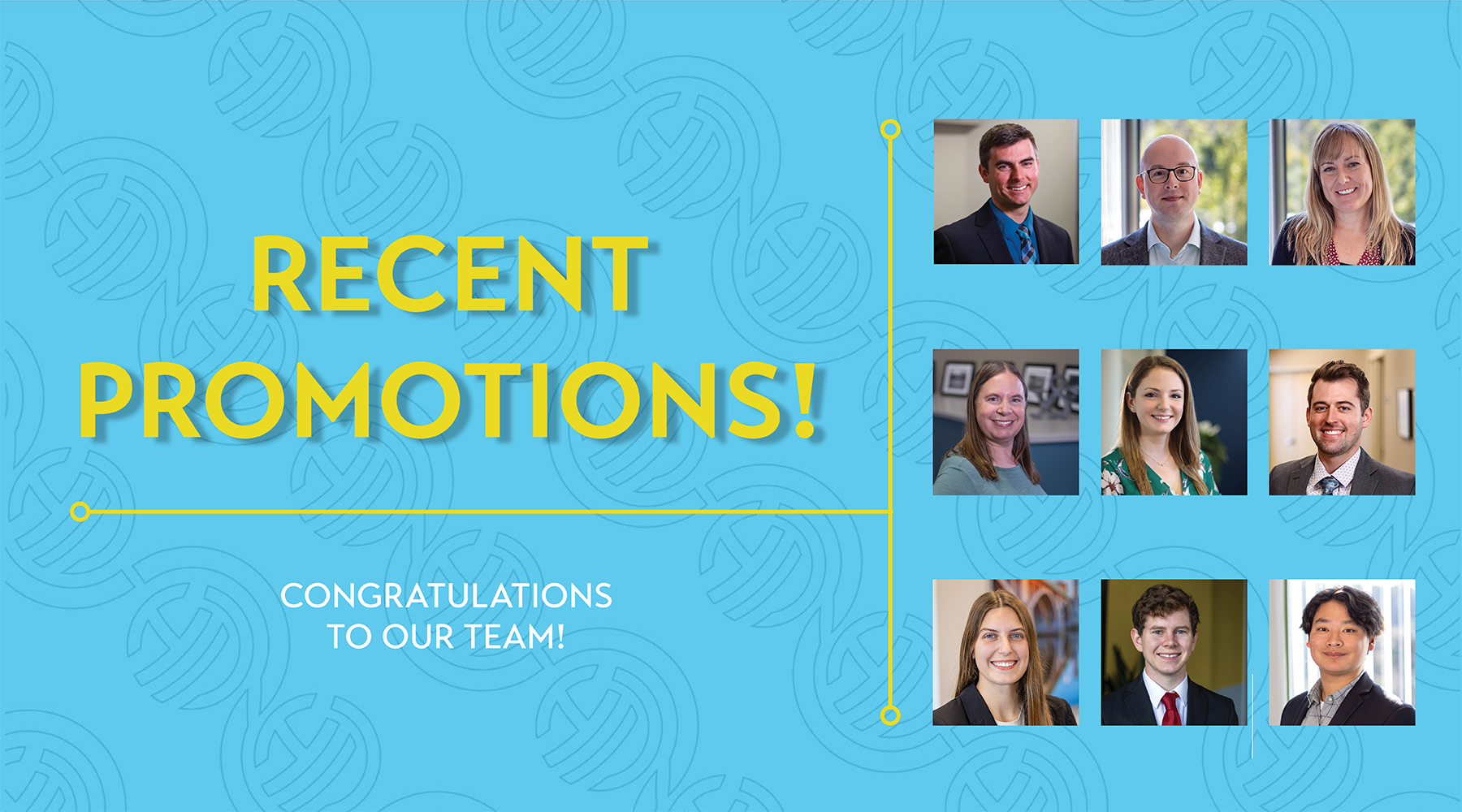The Federal Aviation Administration’s (FAA) Airport Improvement Program (AIP) runs on a Federal Fiscal Year of October 1st to September 30th. Though still working on grants from prior years, on October 1st, everyone’s attention turns to the new Federal Fiscal Year and plans begin to “scope” the next year’s projects. In collaboration with the FAA New England Regional office and each individual state DOT, the process starts with a “Proposed Project Worksheet.” The timeline below will walk you through the steps to completing a timely and complete grant application to submit for Federal Fiscal Year 2025.

Note that each grant application requires specific criteria to be met before an application is submitted. For each type of application, this means:
- Development and/or acquisition applications must be based on bids. You must work with your engineering consultant to be sure that design plans and specifications are prepared in a timely manner so as to allow time to put the project out to bid. Then bids must be analyzed to determine which bidder will be given a Notice of Award. This is the amount of the construction cost that will be part of the grant application. AIP criteria specifies that awards be made to the lowest qualified bidder.
- Land/easement acquisition applications must be based on purchase and sales agreement or actuals. You must have a signed purchase and sales agreement in hand for the land or easement OR documentation showing the sale is finalized if the acquisition occurred prior to the grant application.
- Planning and/or environmental study applications must be based on final/FAA approved scope of work. Work with your Airports New England (ANE) FAA Planner to be sure that the scope is understood and approved prior to submitting the grant application.
Missing any required dates in the timeline will jeopardize FY2025 funding for your airport. Working closely with the ANE FAA Planner and the state department of transportation will ensure that plans for using your available AIP funding are clearly understood and deadlines are easily met.
Bipartisan Infrastructure Law – Airport Infrastructure
On November 15, 2021, the Bipartisan Infrastructure Laws (BIL) was signed into law by President Biden. Through this law, FAA is awarding an additional $25 billion investment in the nation’s air transportation system through the once-in-a-generation Bipartisan Infrastructure Law to build safer, more sustainable airports that connect people to jobs and communities worldwide.
This $25 billion investment is allocated over five years in the nation’s air transportation system:

The $15 billion in Airport Infrastructure is being awarded over five years with available BIL funding. This money is allocated to airports using a formula to determine the amounts airports are entitled to each year. The $5 billion in each of the Airport Terminal and Air Traffic Facilities is allocated based on eligibility criteria and applications will be accepted according to the “Notice of Funding Opportunity” (NOFO) published in the Federal Register. With all of this new funding available, businesses and airports across the country now can get to work on projects that have waited for years, modernizing their infrastructure and building a better America.
In addition to the opportunities afforded by the Bipartisan Infrastructure Law, there are other sources of funding available for a variety of purposes, such as the FAA’s Zero Emission Vehicle (ZEV) Program. The Airport ZEV Program is available to any public-use airport eligible to receive AIP grants in the National Plan of Integrated Airport Systems (NPIAS). Priority consideration goes to applications that will achieve the greatest air quality benefits measured by cost per ton of emissions reduced. Since its inception, the ZEV program has evolved and cost sharing percentages of the ZEV Program are now equal to the AIP program and apply to the total cost of the project (vehicles and infrastructure).
This article was written by Fran Baldowski.










